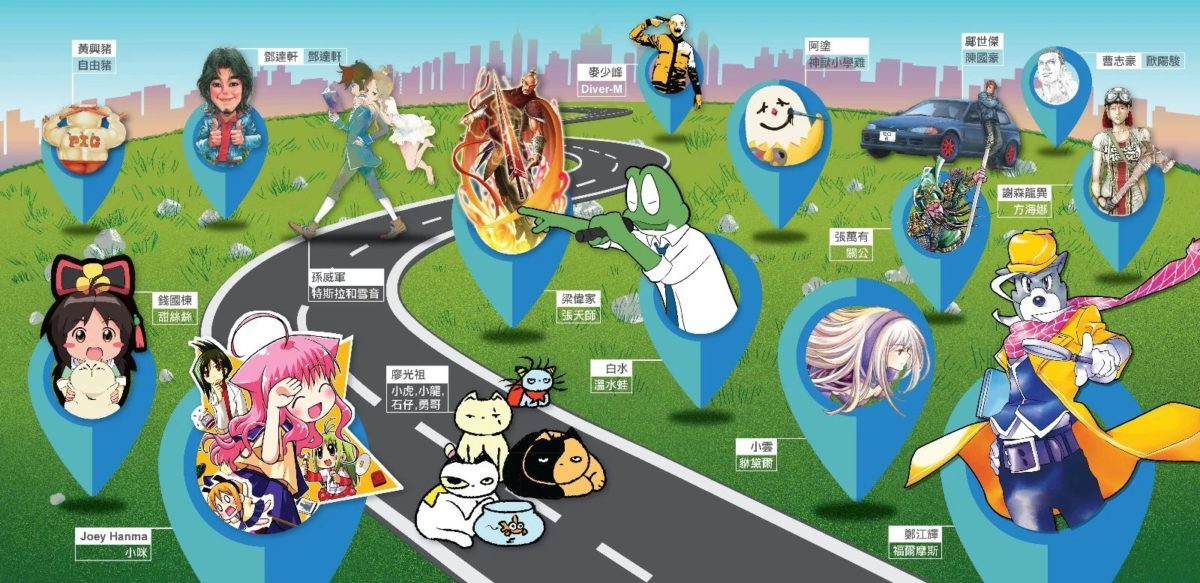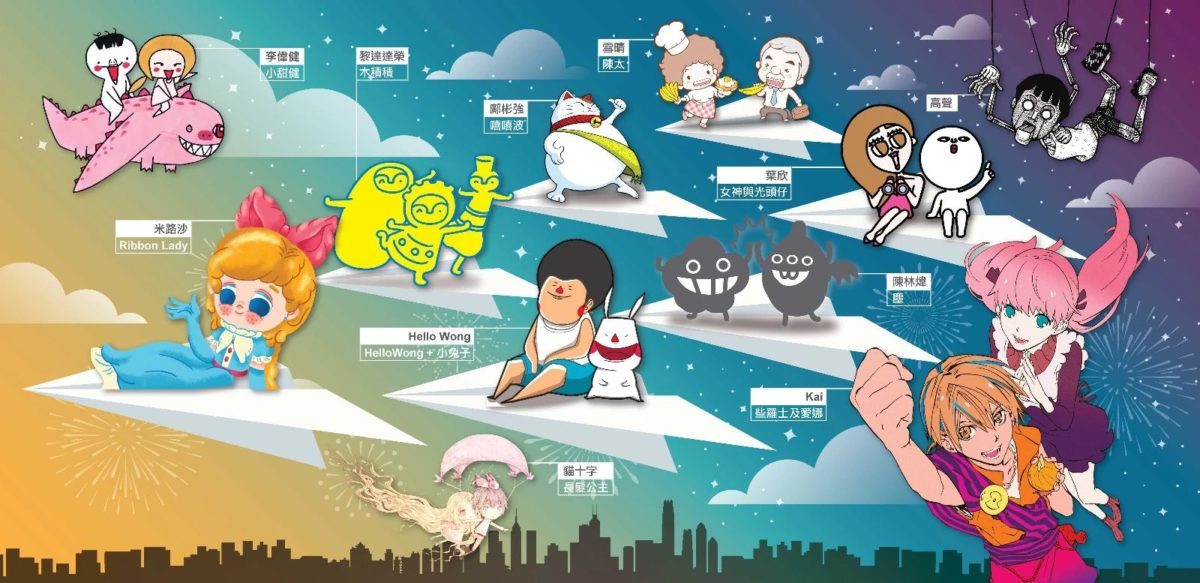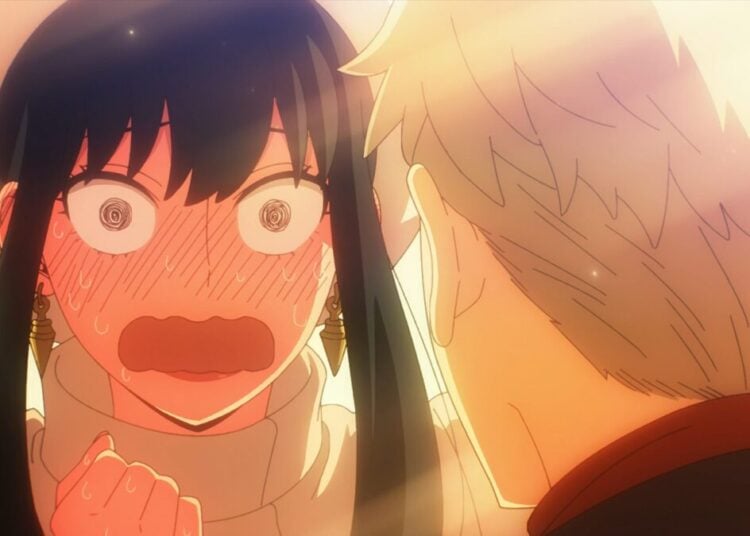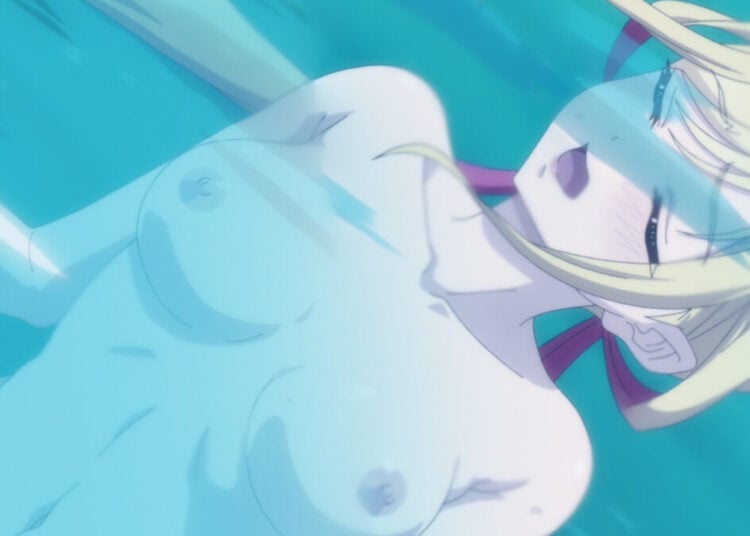J-List is first and foremost your friend in Japan. But you’ll find J-List writers and staff all over the world. I’m in Hong Kong this week, a place near and dear to my heart where I spent much of my youth. And I’m excited to share some of the comics, animation, and games culture you’ll find in this Special Administrative Region of China.
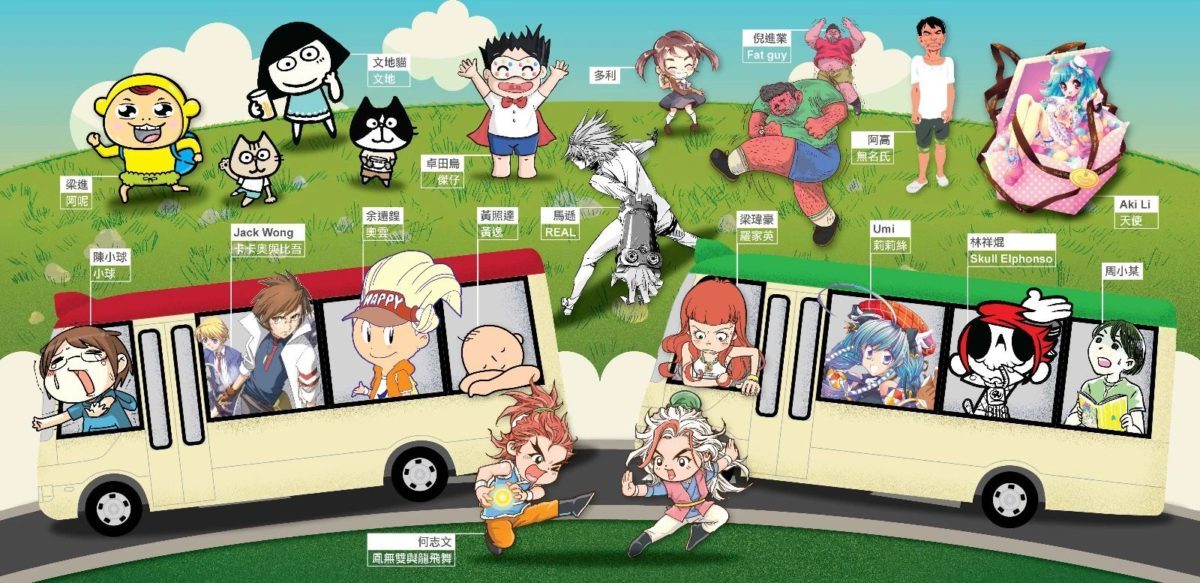
First up, I want to introduce the Hong Kong Avenue of Comic Stars. The Hong Kong Comics and Animation Federation, a trade group, set out to create a sort of Hollywood Walk of Fame for Hong Kong mangaka and, with the support of the Hong Kong government, opened the permanent exhibition in Kowloon Park in August 2012, the first of its kind in the world.
Walking through Kowloon Park, a peaceful oasis of banyan trees surrounded by skyscraper office buildings and hotels in the Tsim Sha Tsui business and shopping district, the Avenue of Comic Stars is a surprise to stumble upon. I didn’t actually know Hong Kong had such a thing until suddenly I was looking at two rows of 30, larger-than-life bronze statues of the most famous Chinese comic book characters.

About half the characters and their stories I knew, but some were too old, some too new, some not really for my demographic or to my taste. Regardless, the Avenue and its statues serve as a permanent exhibition and introduction to the world of Hong Kong comics. In the Cantonese language spoken by most Hong Kongers, the characters 漫畫, read as manga in Japanese, are pronounced manwa. But in English, also an official language of the former British colony, manwa are typically referred to as comics. You will generally see a stronger influence from classic American comics like those of DC or Marvel and its predecessors than you will from Japanese manga, not to mention the traditions of classical Chinese painting that appear in many Hong Kong comics. However, some younger Hong Kongers have grown up with a love of anime and manga and draw with a more Japanese style. I’ve taken the liberty of selecting several of the comics and their creators on display to introduce to you.
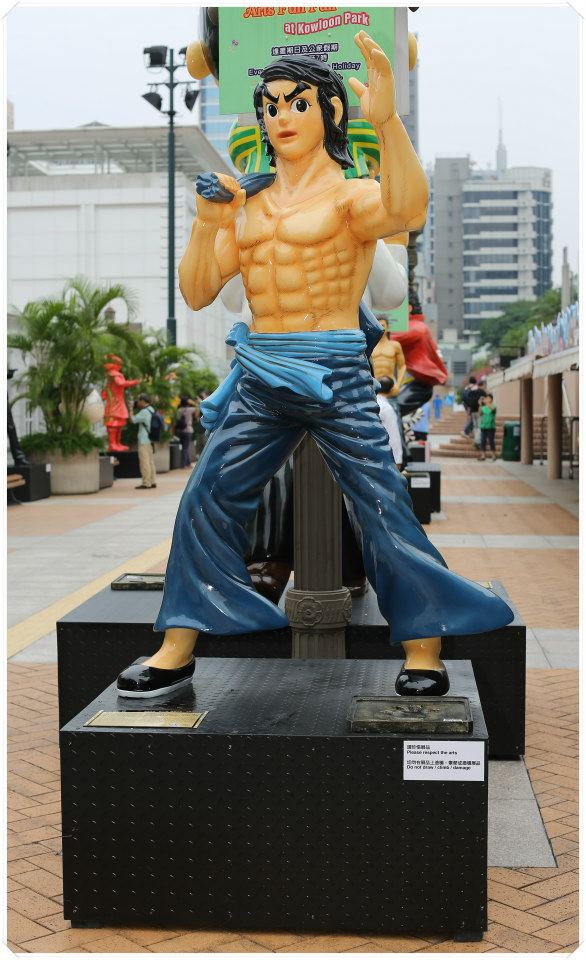
Most anyone who hasn’t been living under a rock for 50 years can recognize Bruce Lee, but most westerners don’t know the legendary martial artist has had his own adventure comic drawn by Vincent Kwong continuously since 1971.
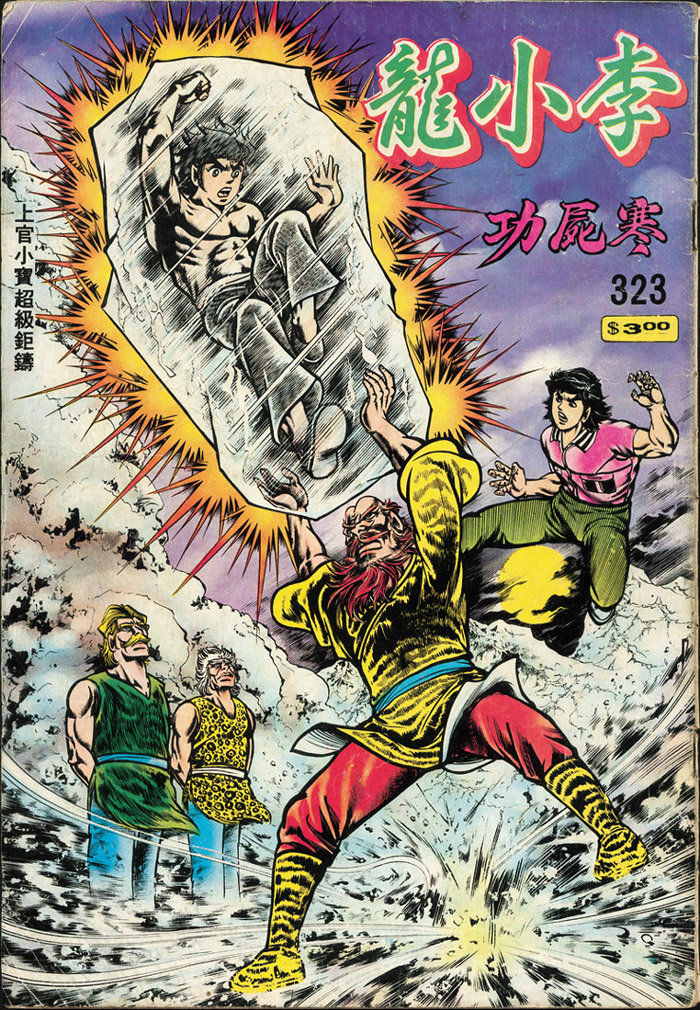
In almost 50 years, Kwong has only put the title on hiatus once, in 2009.
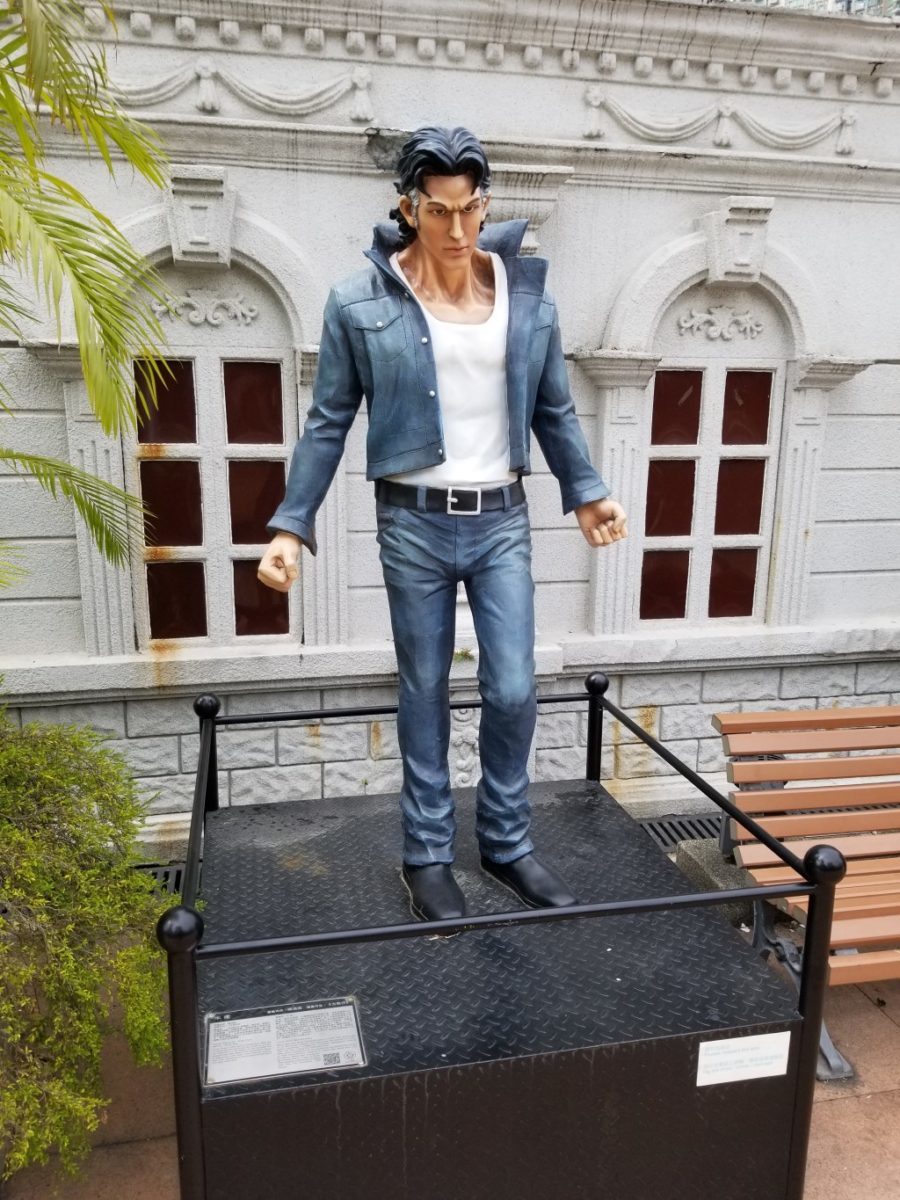
Andy Chan is the protagonist of my personal favorite Hong Kong comic, 《古惑仔》 Gu Wak Zai, known as Teddy Boy in English. Teddy Boy is well known to westerners who enjoy Hong Kong triad action movies, because it was adapted into a 1996 film titled in English Young and Dangerous. The movie was so immensely popular it spawned at least 10 sequels and spin-offs. Looking at Teddy Boy’s official website and counting some films I’ve not seen, I can get up to 14.
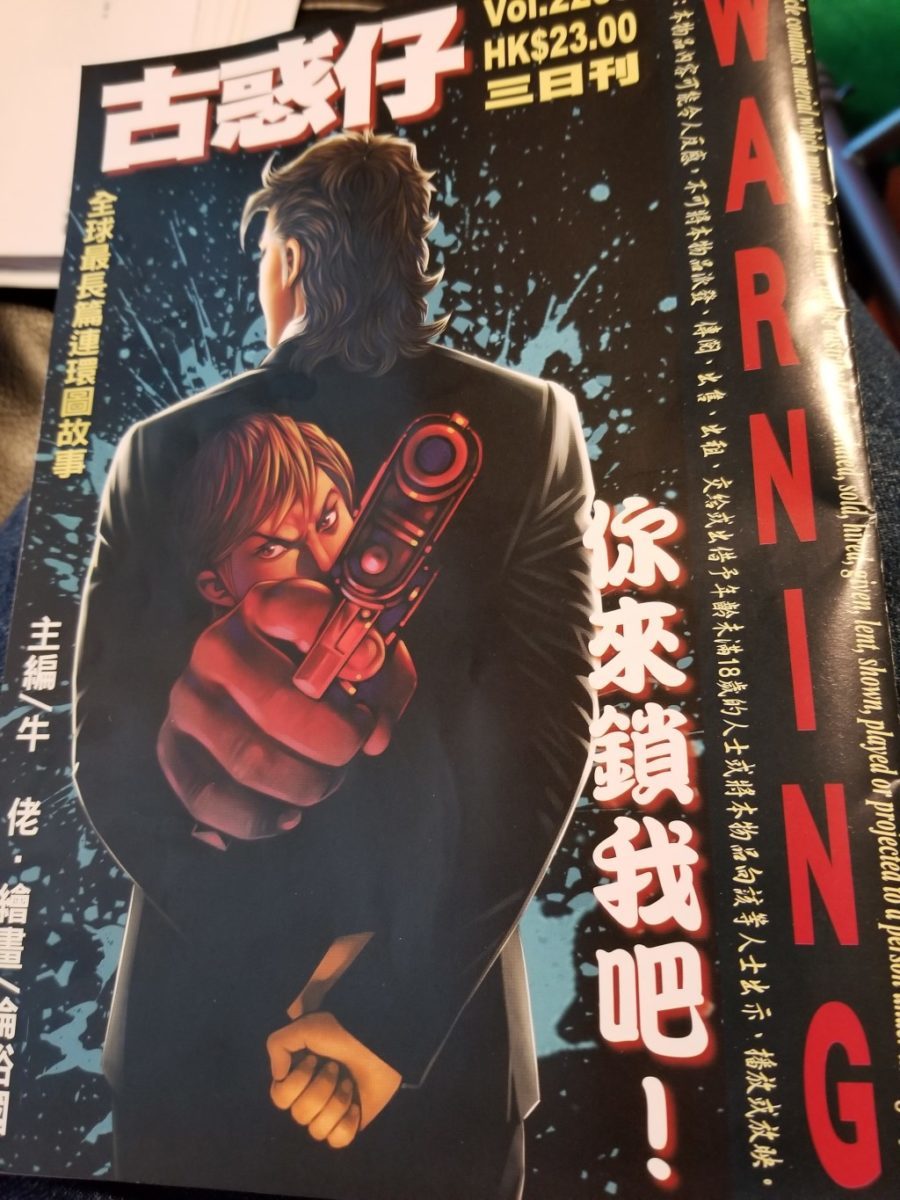
The Teddy Boy comic has been running since 1992 and has a unique release schedule, published every three days. It is also so immensely popular that you can find Teddy Boy at every single newsstand and convenience store in Hong Kong, sometimes as the only comic on offer. I got the latest issue from 7/11. It’s volume 2202. Andy Chan and his triad buddies are doing well for themselves.
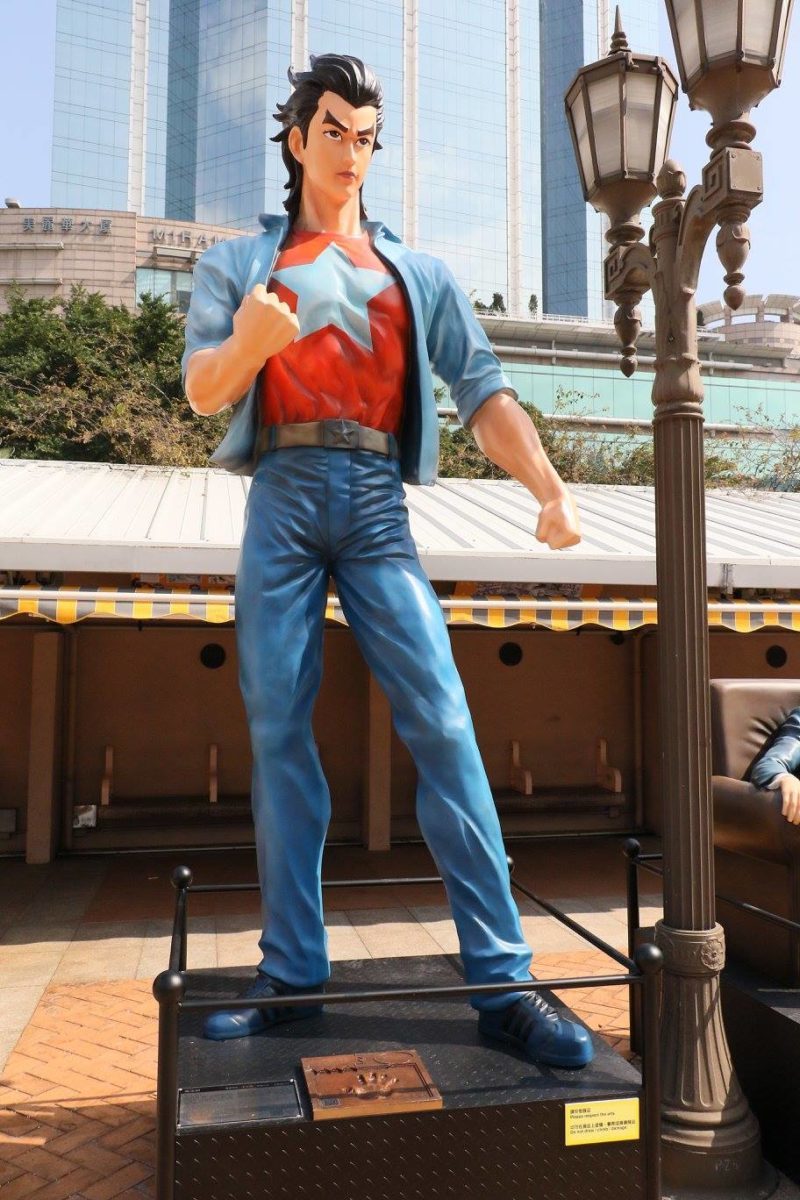
Wong Siu Fu is the protagonist of Oriental Heroes, a martial arts comic about youths overcoming the challenges of life in public housing estates that is often credited with spurring the Indecent Publication Law of 1975, just five years after the first issue of Oriental Heroes. That law banned certain depictions of graphic violence in Hong Kong comics and was the first move to censor the art form in the territory. The Chinese title of Oriental Heroes is 《龍虎門》 Long Fu Mun, literally “Dragon Tiger Gate,” which is the name of both the kung fu school Wong Siu Fu attends and the popular 2006 film adaptation of the comic.
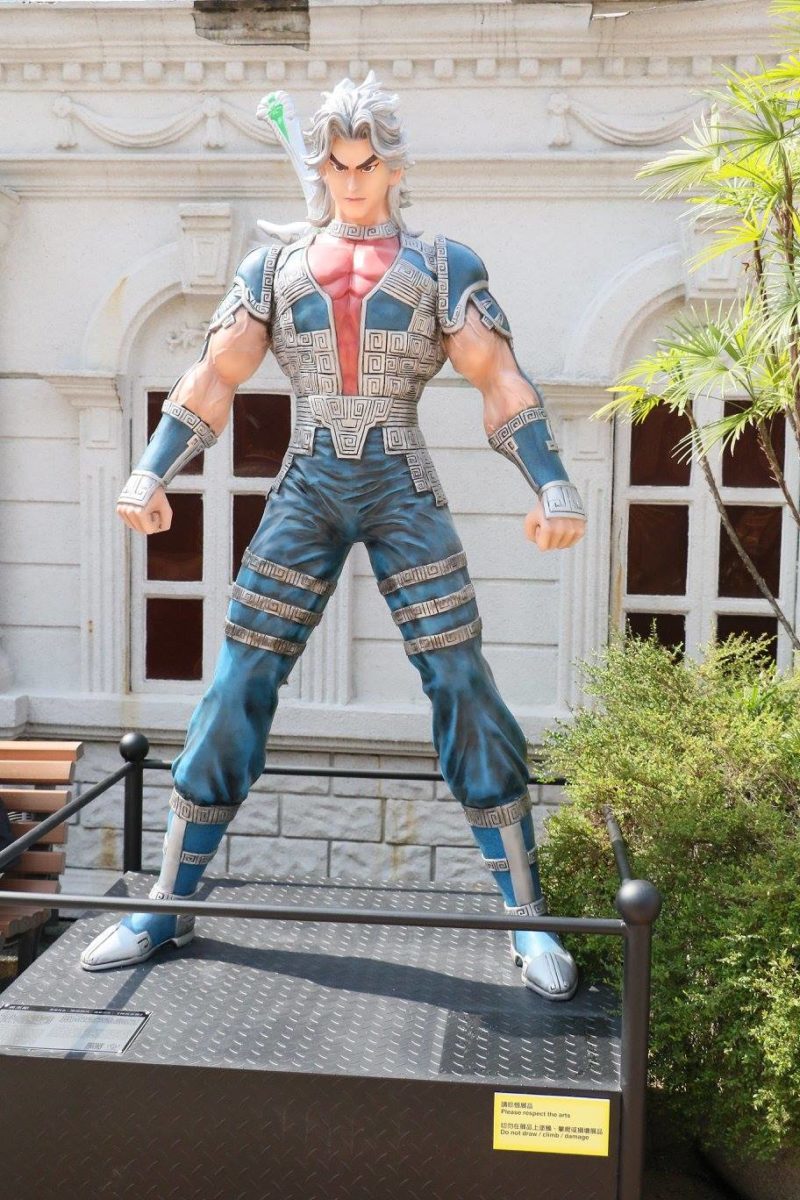
Nangong Yi is one of several principal characters in Weapons of the Gods, a series that ran from 1996 to 2005, by Tony Wong, who also created Oriental Heroes. Weapons of the Gods tells a heavily fictionalized version of the story of the transition from China’s Jin Dynasty to the Sixteen Kingdoms period, filling it with magical martial arts battles reminiscent of contemporary Jojo’s Bizarre Adventure. 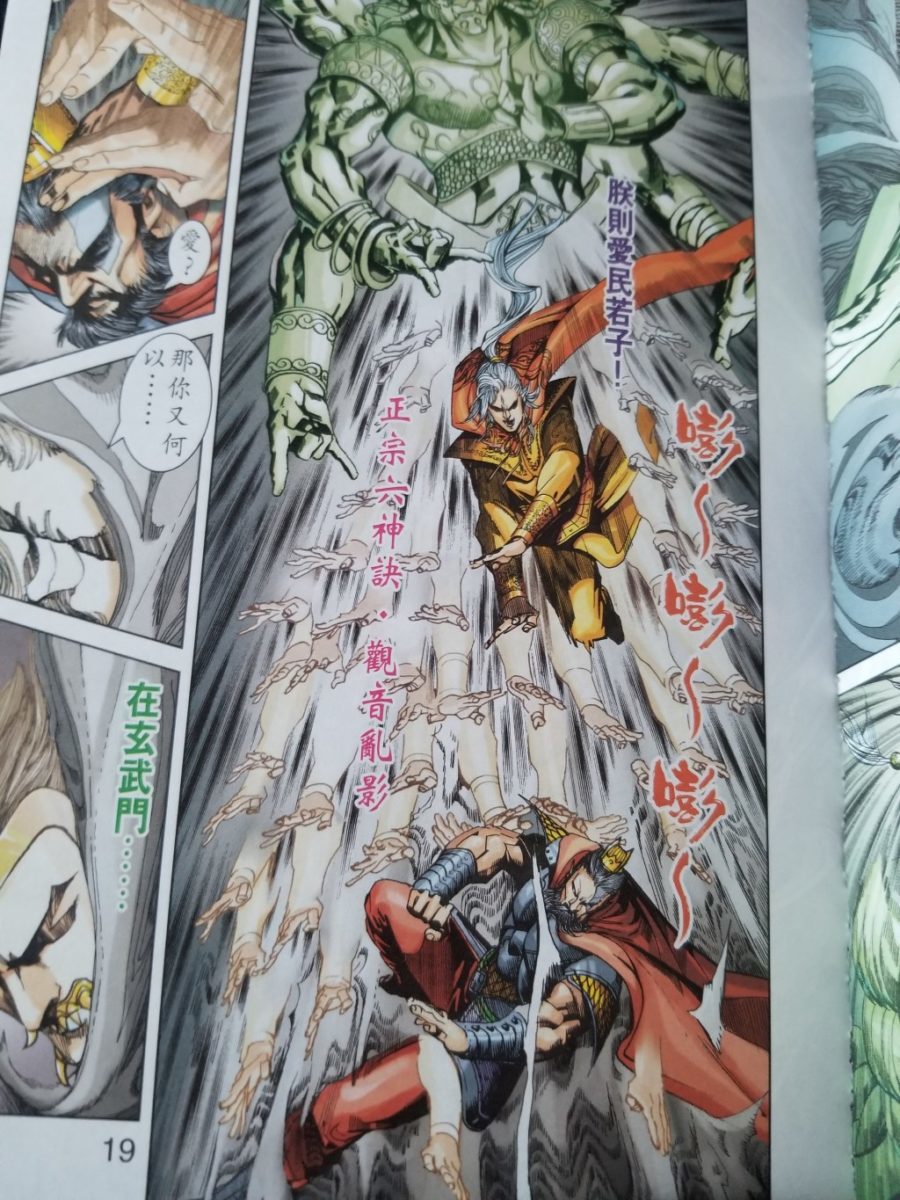 Weapons of the Gods may be familiar to some western fans thanks to the table-top roleplaying game of the same name licensed by Eos Press.
Weapons of the Gods may be familiar to some western fans thanks to the table-top roleplaying game of the same name licensed by Eos Press.
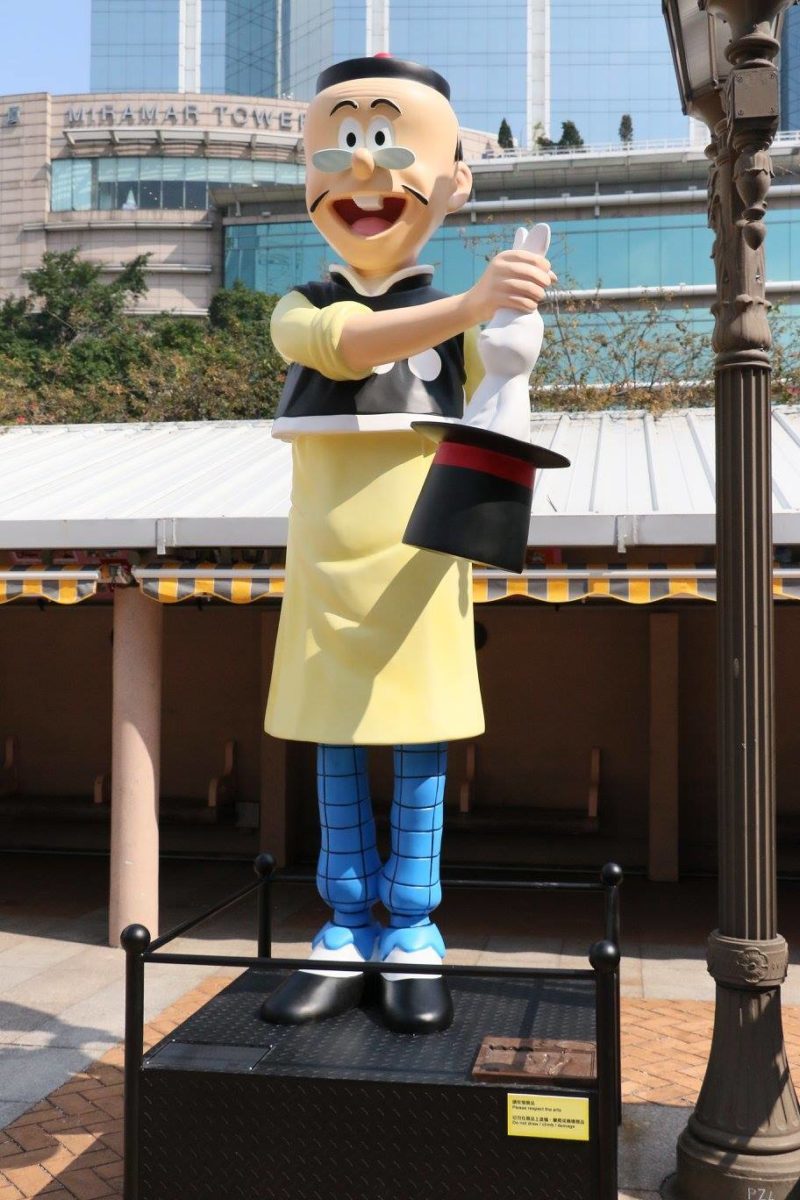
Old Master Q is the title character of a gag comic that has been running since 1962. Originally by Alfonso Wong, writing under the name of his oldest son Wong Chak, Old Master Q has been drawn by the actual Wong Chak since 1995. Alfonso Wong passed away in 2017 at the age of 93, but his character has long since become a sort of symbol of Hong Kong itself. Old Master Q is everywhere in the territory. You see the character himself or his friends or antagonists in public service announcements put out by the government. You see Old Master Q licensed in advertisements for all kinds of products. He tells you to turn your phone off in the theater before movies. Having been adapted into films, both live action and animated, at least fifteen times, Old Master Q and friends is easily the most recognizable Hong Kong comic franchise to Hong Kongers. Even if westerners may spot Bruce Lee or Teddy Boy a bit easier. If you’d like to familiarize yourself with Old Master Q, the official website has an archive of English translated comics up for free.
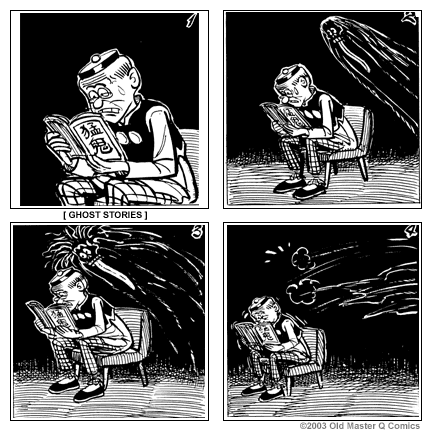
I could keep going through all of them. My Life as McDull is a cute little pig who left Hong Kongers fascinated with the Maldives. And I have a personal story with the character and works of Cuson Lo I’d like to tell. But for brevity’s sake I will save these for another time. Have you ever been to Hong Kong or the Avenue of Comic Stars? Ever read a Hong Kong or other Chinese comic? Let me know in the comments and I’ll go through some more comics of interest.
